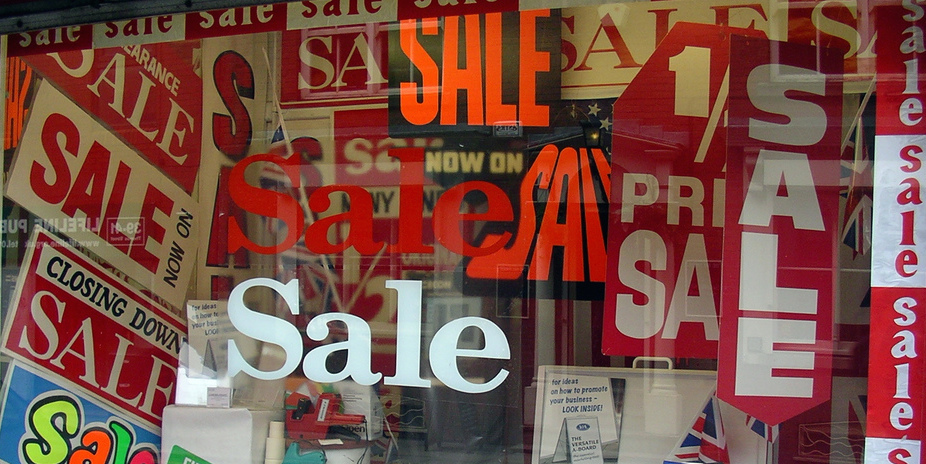Can You Spot The Black Friday Deal? Sale-Stacking Makes It Harder
Happy Shopping Frenzy Week! Marketers no longer want to confine Black Friday to the last Friday in November, and instead have started the festivities as early as Nov. 2. Fine. Now we’re heading into the final week of Deal Season. Yet something isn’t a deal just because a retailer’s ad tells you it is. How do you navigate layers of discounts and know what a fair price for something is in the first place?
CNN has an interactive quiz that you can take to test your knowledge of current prices and what constitutes a decent sale. It’s a fun game, though one flaw is that it uses historical data to determine what’s a good deal, comparing prices to the best deals from last Black Friday as well as earlier this year.
It isn’t just the need to comparison shop that makes modern deal-hunting difficult: stacking discounts and coupons makes prices fuzzier and comparison shopping harder. The Wall Street Journal notes that customers now want discounts year-round, not just on special events like Black Friday. If people demand at least 30% off year-round, what kind of deals do you need on Black Friday to draw crowds?
One common tactic is to use stackable discounts. The WSJ gives the example of a sweater that costs $100 and is 20% off, and then there’s another 25% off sale on top of that. Our lazy brains will see this as a bigger discount than 40% off, but it’s not.
The good news (for consumers) is that clothing retailers will be putting deep discounts on just about everything soon: warmer than usual weather in much of the country means huge stocks of winter coats and warm clothing remain on shelves, and will need to be deeply discounted to clear off those shelves.
The Tricky Math of Black Friday Bargains [Wall Street Journal]
Black Friday quiz: Deal or no deal? [CNN Money]
Want more consumer news? Visit our parent organization, Consumer Reports, for the latest on scams, recalls, and other consumer issues.


